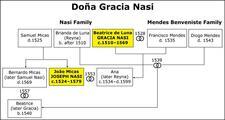Art
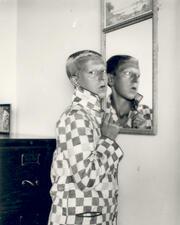
Claude Cahun
Surrealist photographer Claude Cahun lived their life in a spirit of rebellion and defiance. From their precocious teenage years, defying conventional ideals of beauty and femininity with their shaven head and male attire, to their direct resistance of German occupying forces, they active worked against the suppression of liberty and freedom—a life of resistance.
Ghitta Caiserman-Roth
Ghitta Caiserman-Roth was a well-known Canadian artist who showed her work in galleries in Canada and New York. Caiserman-Roth studied at Parsons School of Design, the École des Beaux-Arts, and at the American Artists’ School and won several awards for her artistic achievements. In her later years, she served on the Royal Canadian Academy of Arts council.
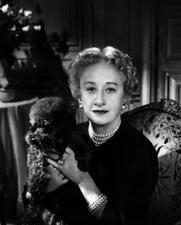
Hattie Carnegie
Hattie Carnegie was a leader in American fashion for three decades, designing clothes with a blend of simplicity and elegance. Carnegie’s work ranged from designing uniforms for the Women’s Army Corps to one-of-a-kind creations for clients like the Duchess of Windsor, Clare Booth Luce, Tallulah Bankhead, and Joan Crawford.
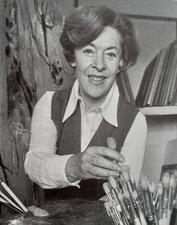
Judy Cassab
Vienna-born, Budapest-trained painter Judy Cassab, a survivor of the Holocaust, arrived in Australia in 1951. She became one of the country’s best-known and best-loved artists, primarily for her portraits but also for her depictions of Australia’s bright interior.

Roz Chast
One of New York’s most distinct Jewish cultural voices, Roz Chast is most famous for her New Yorker cartoons over the past four decades. Her works range from whimsical, irreverent, and quirky to poignant and heartbreaking, and she is widely considered one of the most comically ingenious and satirically edgy visual interpreters of everyday life.

Zoya Cherkassky
Zoya Cherkassky (b. 1976 in Kyiv, Ukraine) is a prominent Israeli artist. She works in a range of media and styles, synthesizing traditional painting techniques with vernacular tools and moving freely between allusions to the European canon and contemporary art. Her work is marked by humor, irony, and satire and at times has been controversial.

Judy Chicago
Hannah Chizhik
Hannah Chizhik was an advocate for women’s emancipation and she was committed to the women workers movement. She became an expert in vegetable farming, agricultural work, and domestic labor for the groups of women pioneers. In 1926 she established a women’s smallholding in Tel Aviv, which became an important center for pioneer youth.
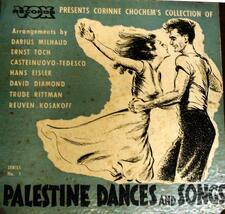
Corinne Chochem
Best remembered for her contribution to Jewish cultural life and for her unique ability to inspire those around her, Corinne Chochem had a distinct impact on Hebrew folk dance, both in her teaching and her two books, Palestine Dances (1941) and Jewish Holiday Dances (1948).
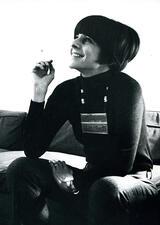
Elaine Lustig Cohen
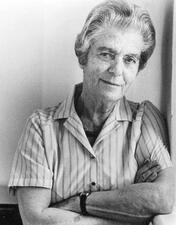
Elisheva Cohen
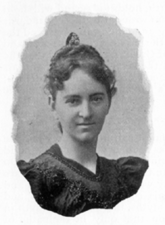
Katherine M. Cohen
Katherine M. Cohen was a sculptor and artist dedicated to advocating for equality for women in the arts. Comfortably situated in the community of Philadelphia’s Jewish elite, Cohen created many commissions for the community reflecting Jewish themes and illustrated a Jewish children’s book. Cohen made a speech at the Chicago World’s Fair advocating for the support of artists, and specifically female artists.
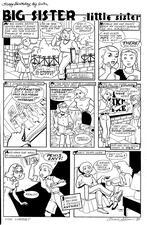
Jewish Women’s Comics and Graphic Narratives
The history of Jewish women’s comics and graphic novels can be traced back to early and mid-20th-century progenitors. With the underground comics scene of the late 1960s/early 1970s, several Jewish women laid the groundwork for the themes, styles, and communal ties that would be taken up by the post-underground. In the 21st century, the works of Jewish women in comics and graphic novels is booming.
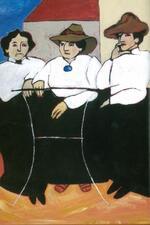
Claribel Cone
Claribel Cone was well known in her time for being a dignified and highly independent woman with two passions: medical research and collecting art and artifacts. She is immortalized in drawings by French modernists Pablo Picasso and Henri Matisse and in Gertrude Stein’s essay “Two Women.”

Etta Cone
Jo Copeland
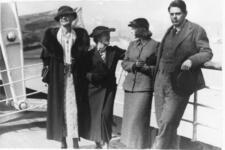
Lucille Corcos
Lucille Corcos was celebrated as one of the foremost “modern primitivist” painters in America, creating revealing composite urban scenes. Corcos was widely praised for her lack of self-consciousness and complete freedom of expression, and she exhibited works throughout the United States and Europe.
Ruth Dar

Ida Dehmel
Living a privileged existence in the wealthiest circles of German cultural society, Ida Dehmel became involved in circles of patronage of modern art that raised awareness for feminist issues, including women’s suffrage and equality for women’s artists’ associations. In 1916 she co-founded the Women’s Society for the Advancement of German Art.
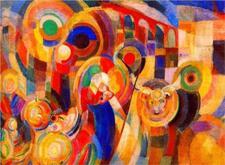
Sonia Delaunay
Sonia Delaunay was known for her vivid use of color and her bold, abstract patterns, breaking down traditional distinctions between the fine and applied arts as an artist, designer, and printmaker. She designed costumes for operas and ballets around Europe and created her own fashion design company. Deluanay was the first female artist to have a retrospective show of her work at the Louvre in 1964.

Friedl Dicker-Brandeis
Friedl Dicker was an artist and educator who studied at the Bauhaus school then led art classes at Terezin. In the ghetto, Dicker taught drawing to hundreds of children, designed sets and costumes for children’s performances, and made an exhibition of children’s drawings in a basement. She also created her own sketches, many of which were discovered in the 1980s.
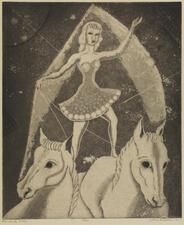
Stella Drabkin
Stella Drabkin was a talented painter and mosaicist who innovated new methods of printmaking. She is known for her experiments with multitype, a variation on monotype printing with layers of texture and color, creating mosaic panels on biblical themes, and creating prints with poems. Following her death, in 1972 the Art Alliance established the Stella Drabkin Memorial Award Fund in her honor.
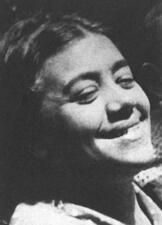
Celia Dropkin
Celia Dropkin’s sexually explicit poetry expanded possibilities for the depiction of relationships between men and women in modern Yiddish poetry. Throughout the 1920s and 1930s, her poems appeared in avant-garde Yiddish literary publications. Infused with erotic energy, the themes of Dropkin’s poetry – sex, love, and death – shocked her contemporaries.
Dulcea of Worms
Dulcea of Worms was the wife of Rabbi Eleazar ben Judah of Worms, a major rabbinic figure. They were part of the elite leadership class of medieval Germany Jewry. Eleazar’s account of Dulcea’s murder in 1196 is an important source for the activities of medieval Jewish women.
